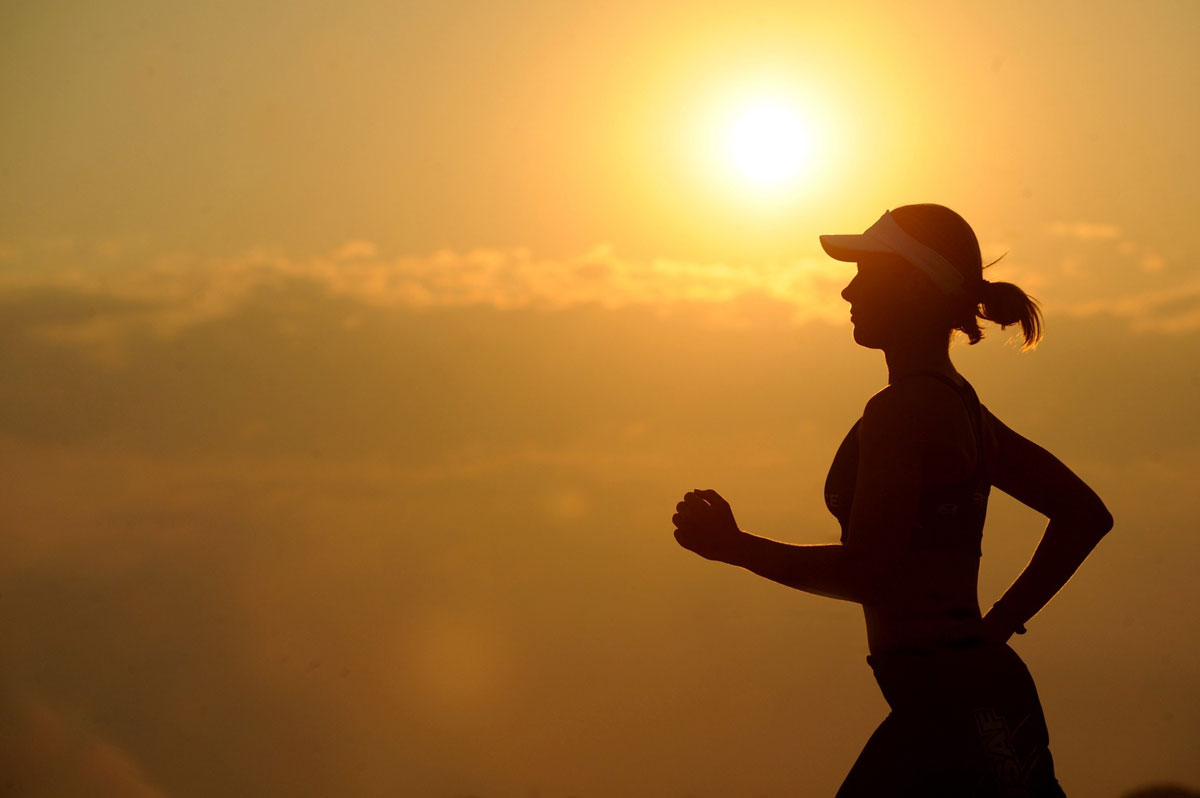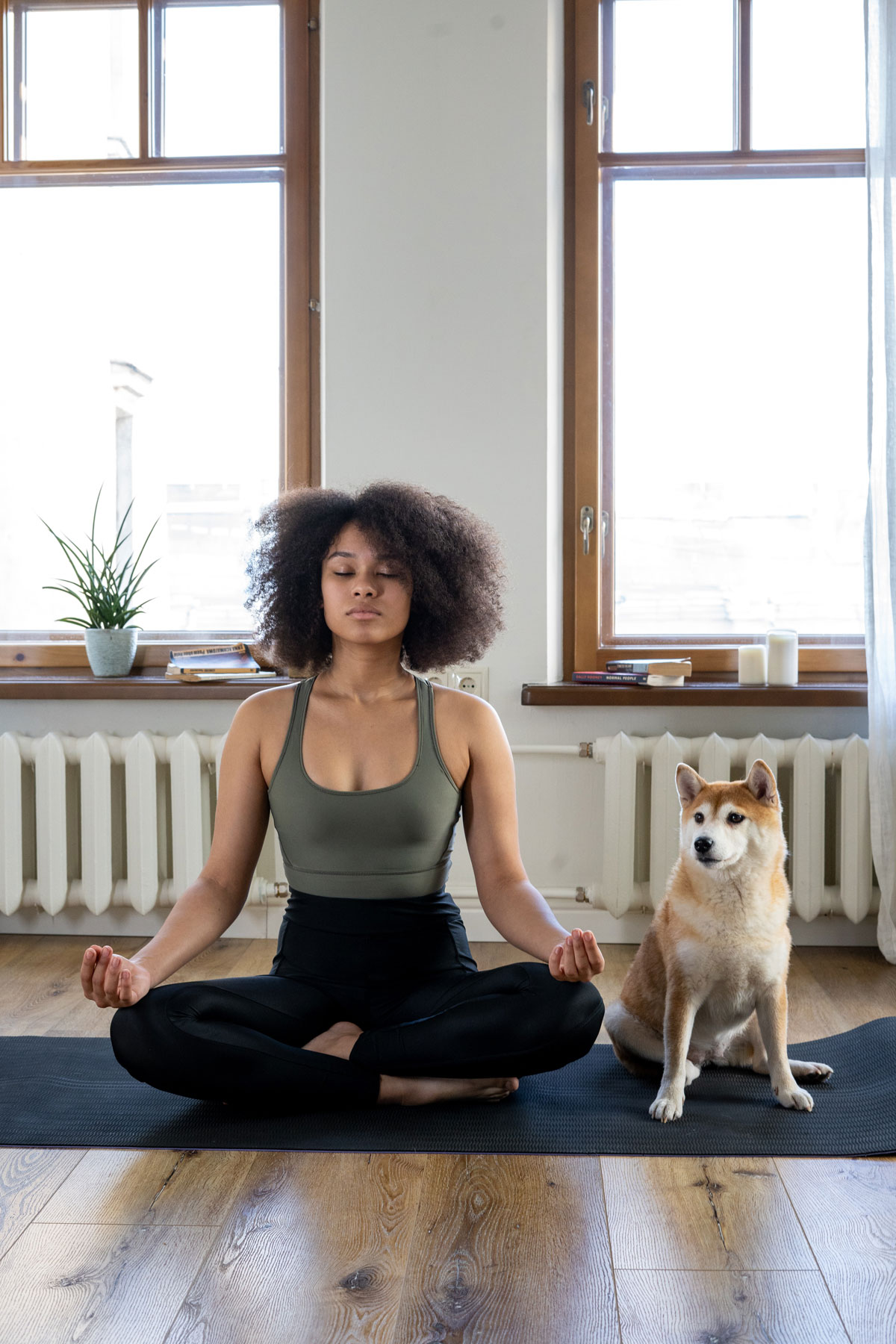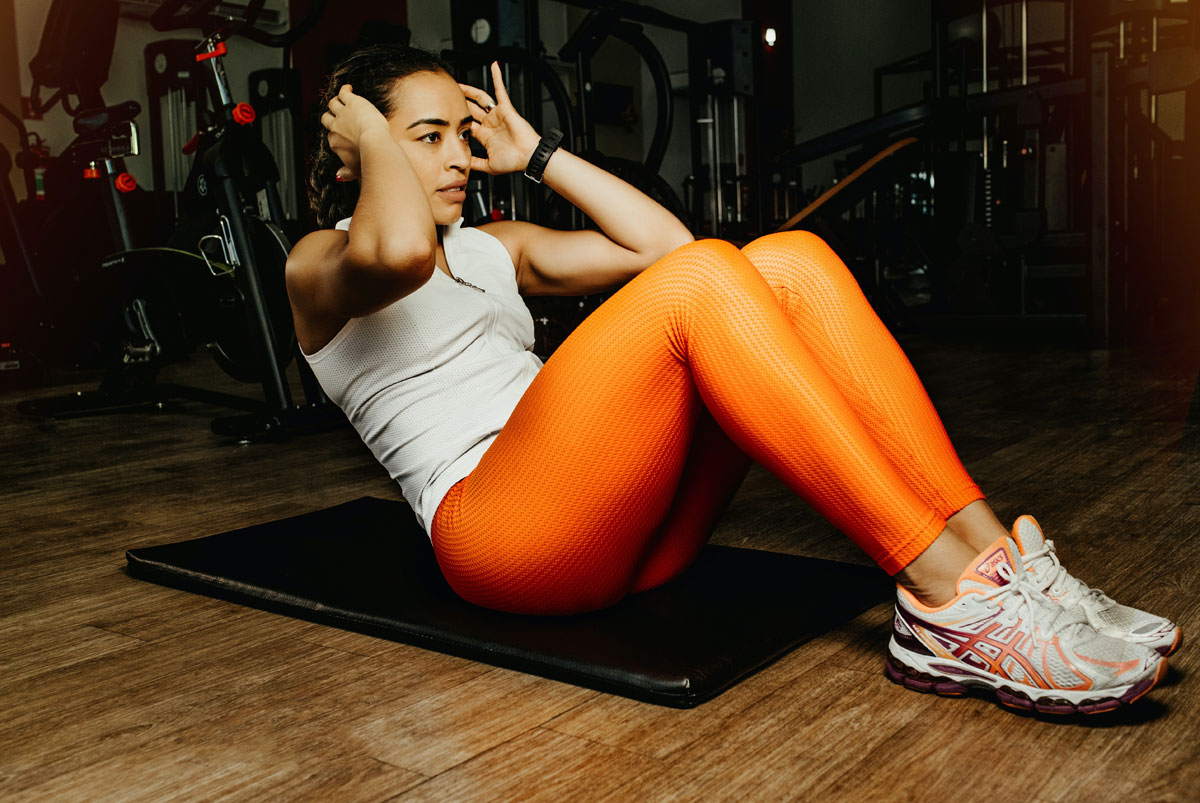
People are always looking for ways to hack exercise and make the most of it. A new study out of Skidmore College looked at the benefits of morning v. evening exercise and found that the best time of day to exercise varies by gender, goals, and chronotype. Your chronotype is the difference between being an early bird or a night owl — it’s when your body tells you to go to sleep and like your gender it can change the optimal time of day for you to exercise.
Consider your fitness goals
A small study out of Skidmore College examined the benefits of morning versus evening exercise for both women and men. Paul J. Arciero, Ph.D., professor for health and human physiological sciences department at Skidmore, was the lead investigator.“We had the groups follow the same multi-modal routine, randomly dividing them into evening and morning groups,” he says. “We found women and men respond differently to different types of exercise depending on the time of day, which surprised us.”
The study revealed that for women who want to lower blood pressure or reduce belly fat, morning exercise works best. Those women striving for upper body muscle gains, endurance, or overall mood improvement should consider evening workouts.
For the male participants, the findings were somewhat flipped: Evening exercise lowers blood pressure, the risk of heart disease, and feelings of fatigue, while similar to women, they burn more fat with morning exercise. To understand the reasons behind the results, additional research is required.
What might be most ideal, then, says Arciero, is adjusting your workouts to the time of day when you can get the most bang for your buck. “If you’re a female, then, you might want to perform your cardio workouts in the morning, and your strength training in the evening,” he says.
Early birds versus night owls
“For many people, [the best time to exercise] will depend on their chronotype,” says Jennifer J. Heisz, Ph.D., associate professor of kinesiology at McMaster University and author of Move the Body, Heal the Mind.Chronotype is your body’s natural inclination to sleep at a certain time—it’s what determines whether you’re a night owl or an early bird. For the 25% of the population that considers themselves a night owl, getting both enough sleep and enough exercise can be difficult, says Heisz.
“Exercising at night can sometimes be challenging with societal norms,” she explains. “You might naturally stay up until midnight and exercise late at night, but if you have to be out the door the next morning at 7, you’re not getting enough sleep.”
Sleep–which provides your body the necessary time to recover and make gains from exercise–should always be a priority when it comes to exercise. Regardless of research on the benefits of certain exercises at particular times of the day, your results will be diminished if it doesn’t allow enough time for sleep.
How to shift your workout time
If your goal is to change up your routine to adhere to Arciero’s findings related to exercise time of day, or simply to make exercise more convenient even if it runs against your chronotype, Heisz says it’s possible.“If you’d like to shift to a morning routine, for instance, the good news is that both the sun and exercise can reset your biological cues,” she says. “Put them together by exercising outside in the sunshine, and it’s a powerful effect.”
For older adults, whose tendency is to sometimes awaken too early and not fall back to sleep, the desired shift might be to evening exercise. “This might help with falling asleep later and staying asleep longer,” says Heisz.
If you’re worried that evening workouts will impact your ability to fall asleep, shift your workouts to gentler forms of exercise, like yoga. Avoid vigorous exercise like running, which might elevate your heart rate and make it tougher to wind down.
For evening exerciser Cully, the trick is working out on the way home from work, which is spaced far enough from bedtime not to impact her sleep. “If I went home first, I probably wouldn’t exercise,” she admits. “But then I have my whole evening to wind down.”
No matter when you prefer to exercise, what’s most important, according to Arciero, is including a multi-modal approach. For his study, Arciero developed a program that does just that, called RISE—resistance training, sprint interval training, stretching, and endurance. “We found that when doing each type of exercise once a week, compliance was higher and so was the benefit,” he explains.
[From Fortune.com]
For women, morning exercise is best for lowering blood pressure and reducing belly fat. Evening exercise is better for gaining upper body muscle, endurance, and overall mood improvement. One of the researchers suggests that women can get the best results by performing cardio workouts in the morning and strength training in the evening. But your exercise schedule is also affected by your chronotype and it may be difficult to do one or the other based on what your chronotype is. Personally, I am a night owl and have also been unknowingly enacting the researcher’s advice. I prefer to do cardio, like running, in the morning (but not early) because it’s harder for me to run or otherwise bounce around after a full day of work. But I feel very comfortable doing strength workouts later in the day and don’t find it affects my sleep. I do agree that having a variety of workouts improves compliance. It can get boring to do the same thing all the time and I find I’m more excited to work out when I’m doing different things each day.



photos via Pexels and credit: Pixabay, Cottonbro Studios, Jonathan Borba and Nappy
Source: Read Full Article

